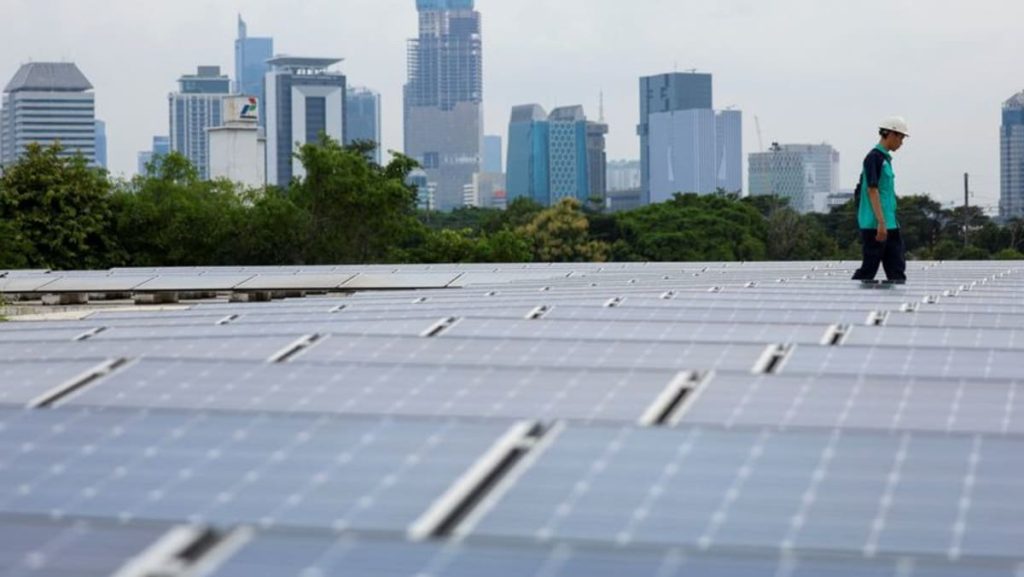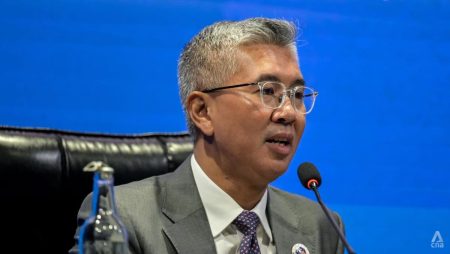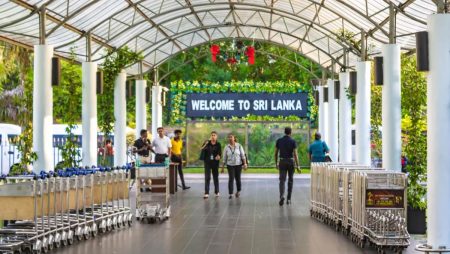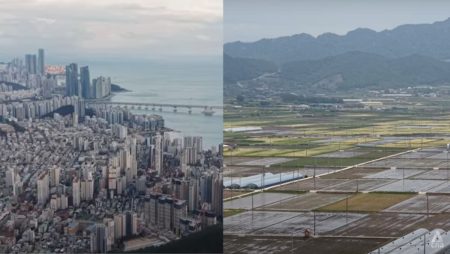Indonesia aims to accelerate its renewable energy integration under its upcoming electricity supply plan, as projected to reach 35% of its capacity by 2034.
The government has expressed confidence in transitioning to a low-carbon economy, with plans to expand renewable energy sources to meet the 2030 solar GROUP and goals. This is supported by plans to increase solar, hydro, and geothermal power capacity by 2034, with a total of 52% of additional capacity coming from renewable sources.
Kartika Wirjoatmodjo, a deputy State Owned Enterprise (SOE) Minister from Indonesia, highlighted theRNEDA’s continued progress toward renewable energy, noting that the new plan replaces its 2021-2030 plan, which aimed for 40.6 gigawatts of capacity. The new 2034 plan will increase renewable power to 35% of total capacity, with solar and hydro sources contributing significantly to this increase.
Under the updates, Indonesia is set to expand 17 gigawatts of solar capacity, including devices for battery storage, 16 gigawatts of hydro power, and 5 gigawatts of geothermal power, in addition to projections for wind, biofuel, and algae-based energy sources. Five gigawatts of coal power is currently expected to become available before 2034, but further plans for coal capacity are under development.
“RESTRICTIONS on coal power capacity remain,” said Kartika, emphasizing the need for responsibly developed sources such as wind and bioenergy to ensureaku alam. The government is also preparing for the Ukraine Gas(pdRGAD) project, which is set to become a significant contributor to Indonesia’s electricity mix.
Despite these challenges, Indonesia isnow in a unique position to meet its renewable energy targets. The new plan aims to diversify renewable energy sources and integrate various technologies to ensure scalability and efficiency. This approach aligns with the global satellite and Sustainable Development Goals (SDGs), particularly SDG 13, which focus on renewable energy for carbon reduction.
Indonesia is navigating a complex trading environment while preparing for another wave of clean decide to implement the updated renewable plan. Parameters for future capacity expansion are growing, with efforts to diversify growth across reliable sources.
This update serves as part of a broader effort to align Indonesia’s energy transitions with its 2030 commitments and ensure equitable access to clean energy.










